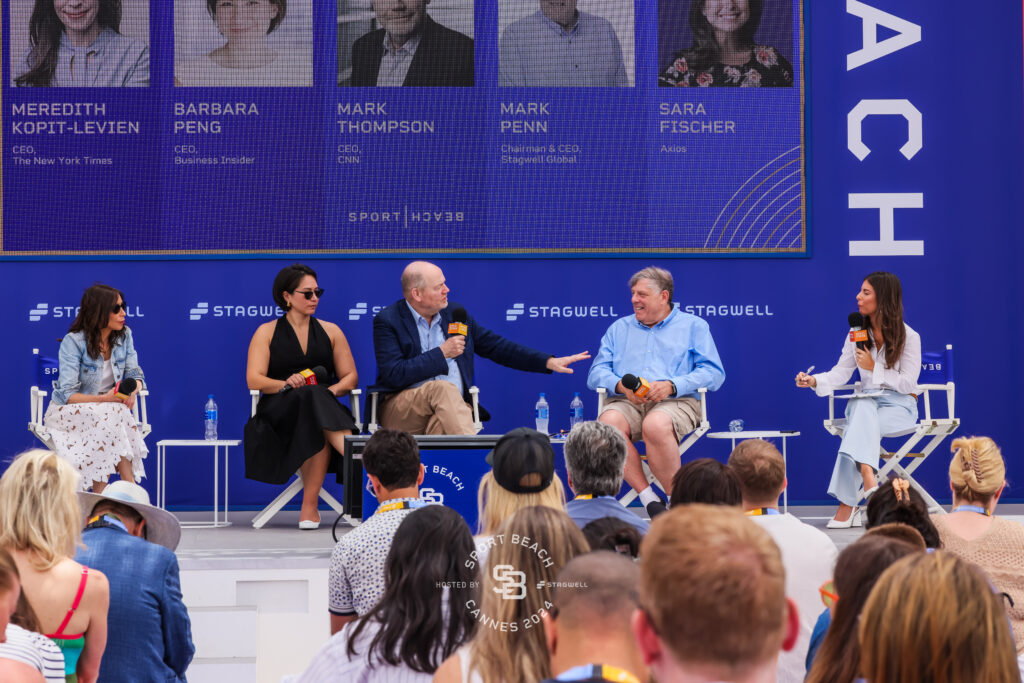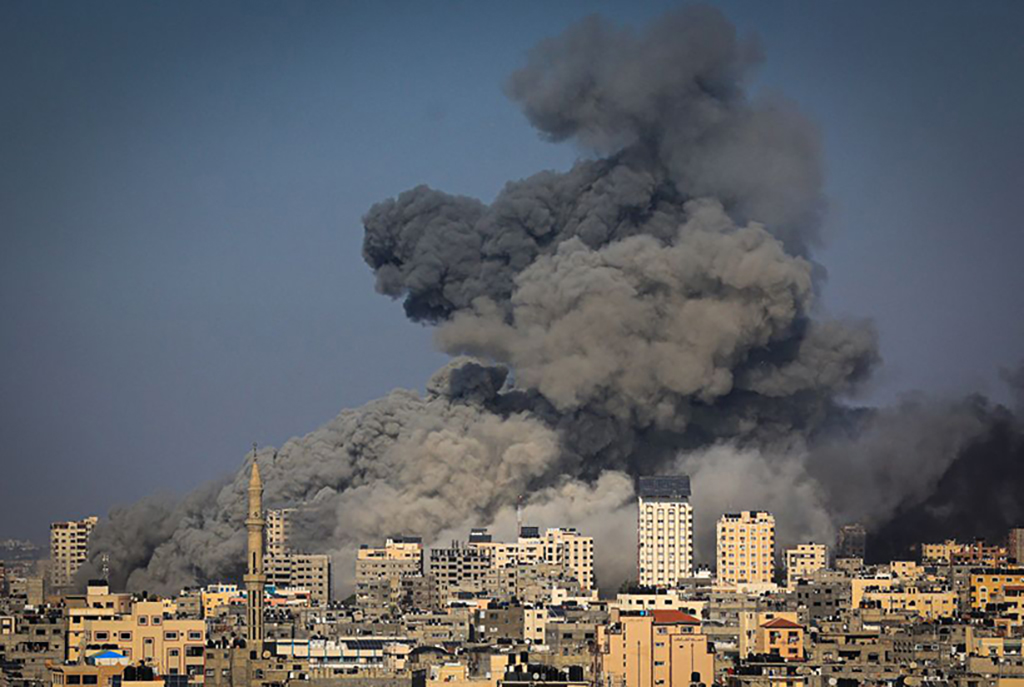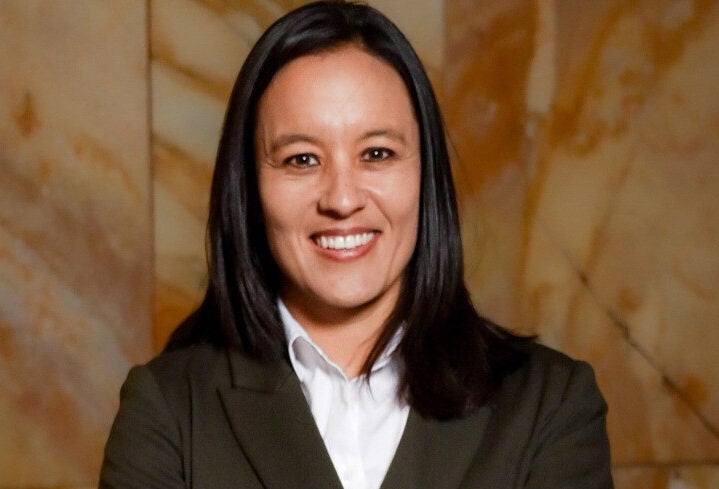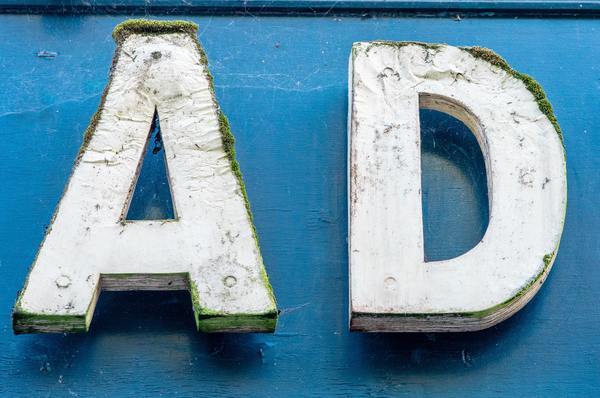Funding Quality News and Journalism
Fundamental to a Functioning Society
Breaking News: Is it Brand Safe?
Bad news is going to happen. That doesn’t mean news is not brand safe. In fact, supporting news and information in hard times can be very brand-positive. The Brand Safety Institute has gathered tools and insights from experts to help you determine where news fits into your advertising plan, and to help you fine-tune your strategies before bad news strikes.

Read DV's latest blog by Jack Marshall, Head of News, as he shares that advertising alongside news content typically outperforms other digital channels.

Brands are skittish about appearing near stories on politics and violence, but news outlets say their fears are overblown, writes the Wall Street Journal.

News advertising could be a cost-effective and socially responsible investment for advertisers in an overlooked market.

The Global Alliance for Responsible Media (GARM) has issued a release with suggestions to help brands navigate brand suitability during this time of war.
Update: GARM Brand Safety Guidance: Hamas Terror Attack and Israeli Military Response in Gaza

The Brand Safety Institute, in partnership with the Local Media Consortium (LMC) and Scott Cunningham, consultant and Founder of the IAB Tech Lab, created a media-buying “Local News Advertising Inclusion List” that opens up thousands of vetted local media advertising opportunities.

Prominent media buyers detail how some clients are retreating from news coverage of the conflict as well as pulling back from social media due to the spread of misinformation, hate speech and violent content.

Similar concerns also throttled reporting on the Russia-Ukraine war and Covid-19

Advertisers that shun legit news sites for fear of blowback from consumers should think twice, says Vanessa Otero, CEO of Ad Fontes Media.

As the war in Israel continues, terrorist videos and disinformation test the global digital media landscape.

Josef Najm, director of programmatic and partnerships at Reuters, has a message for advertisers: Don’t be afraid of journalism.

There is a fear brands are indirectly funding misinformation.

When Applebee’s dancing cowboy ad interrupted CNN’s Ukraine war report last week, it quickly became the subject of social media mockery, leading it to pull ads and CNN to overhaul its ad placements against news. But Applebee’s isn’t the only brand concerned about advertising next to war coverage. The Drum caught up with media agencies about what they’re seeing.

Advertisers specifically avoid showing up next to big news stories. This is a big problem. And we need to build creative solutions—with the help of advertisers.
Many advertisers don't want to appear near Russia-Ukraine war coverage, which can deprive news publishers of a critical funding source.
